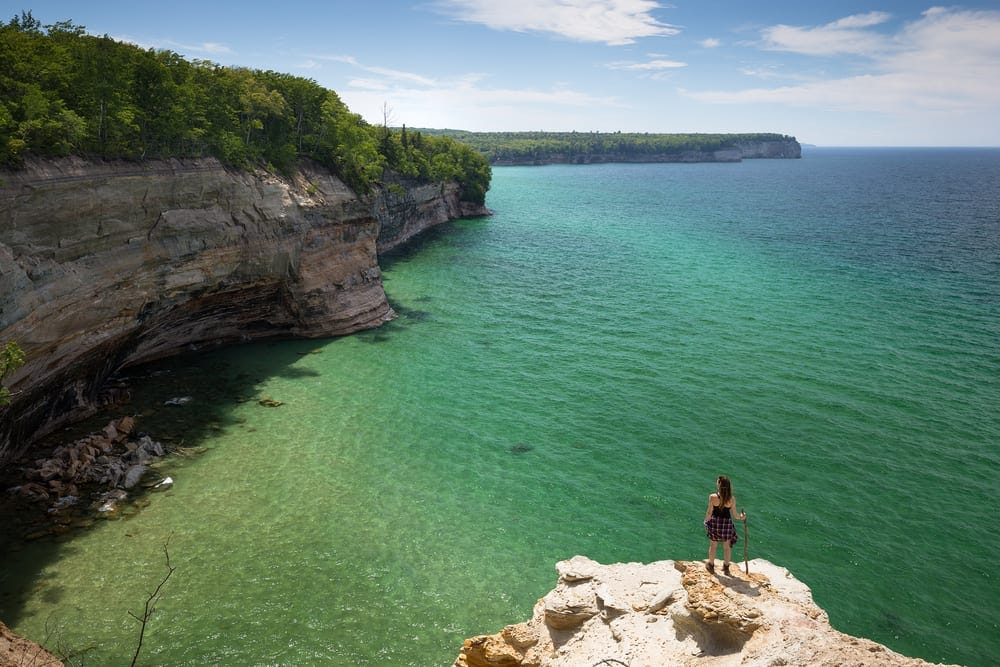
There’s a place called Pictured Rocks National Lakeshore on Lake Superior known for its multicolored cliffs and caves and arches and rock formations that look like castles. The sandstone cliffs here are something like 500 million years old which is old even for a cliff to be. There aren’t many reviews of the park on Yelp, around 30, but they’re all five out of five stars except for one which is four stars by Angela W. of Seattle and underneath her name it says she has no friends which I know means no friends on Yelp but is also a pretty funny thing to see under a picture of a person’s smiling face. The rest of them say a lot of nice things about the cliffs and views and such. “The most beautiful hike I have even taken in my life, period,” said Maya G. from Michigan. “Not strenuous but it does run close to 7 miles. The falls are out of this world and the lookout point will take your breath away. Not to be missed.”
In September Tu Thanh Nguyen from Sunnyvale, California was hiking here and at one point along the way she stopped to take a selfie with the water and the rocks and the sun and the sky as a backdrop behind her to post to her Instagram it’s probably safe to say to show her friends what a beautiful time she was having and then she fell into the water 200 feet below and died in the water. We know about how she died because it’s a popular kayaking area and some kayakers saw her fall and rowed over to retrieve her body.
I was just looking for stories about it on Facebook and I saw one from NBC Bay Area, and people were commenting on how they’d been there and it’s beautiful but very dangerous and one woman named Daniela had a question which was this:
“I don’t wanna be morbid. I respect the places and it is a very sad occurrence but I have a question. If you fall that height into the water, couldn't you have any chance of survival? I don't have a very good perspective and I don't mean to be rude or anything,” she wrote.
Kid Rock filmed his video for the song “Born Free” here I should also mention.
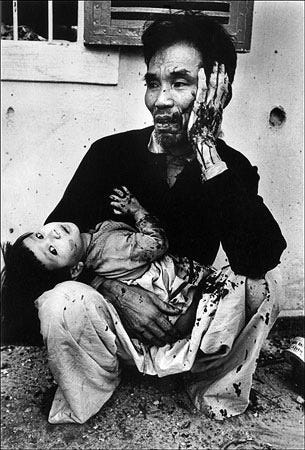
In “Understanding a Photograph” John Berger differentiated photography from fine art. Any work of fine art, whatever its aesthetic value, had been reduced by this late point into a signifier of its own scarcity. By their placement in museums sculptures and paintings were transformed into property.
“Museums function like homes of the nobility to which the public at certain hours are admitted as visitors,” he wrote. “The class nature of the 'nobility' may vary, but as soon as a work is placed in a museum it acquires the mystery of a way of life which excludes the mass.”
Photographs, being infinitely reproducible, did not suffer this same fate. They have no rarity value, he wrote. They are simply a record of a thing seen.
“Photographs bear witness to a human choice being exercised in a given situation. A photograph is a result of the photographer's decision that it is worth recording that this particular event or this particular object has been seen.”
Because everything that will ever happen cannot be photographed, although we’re certainly giving it a shot in the age of the smart phone, a photograph’s meaning can be divined from the choice to capture the event in question.
“The urgency of this message is not entirely dependent on the urgency of the event but neither can it be entirely independent from it. At its simplest the message, decoded, means: I have decided that seeing this is worth recording.”
This is true of both remarkable events and the banal ones. A selfie in front of a fucked up looking background and a selfie in front of a gorgeous one. But, Berger argues, the true meaning of a photograph – which is largely derived from prior external knowledge of the objects portrayed in any case – isn’t about the decision to shoot x instead of y, but at x time instead of y time, which by necessity leaves many other moments outside of its scope.
The only decision the photographer can take “is as regards the moment he chooses to isolate,” he wrote. “Yet this apparent limitation gives the photograph its unique power. What it shows invokes what is not shown. One can look at any photograph to appreciate the truth of this. The immediate relation between what is present and what is absent is particular to each photograph: it may be that of ice to sun, of grief to a tragedy, of a smile to a pleasure, of a body to love, of a winning race‐horse to the race it has run.”
A photograph, he suggests, invokes not what is shown, but what is not seen. The totality of everything else in existence is brought to mind by its absence.
At least that’s what I think he was saying who can ever really tell what the fuck these nerds are talking about half the time.
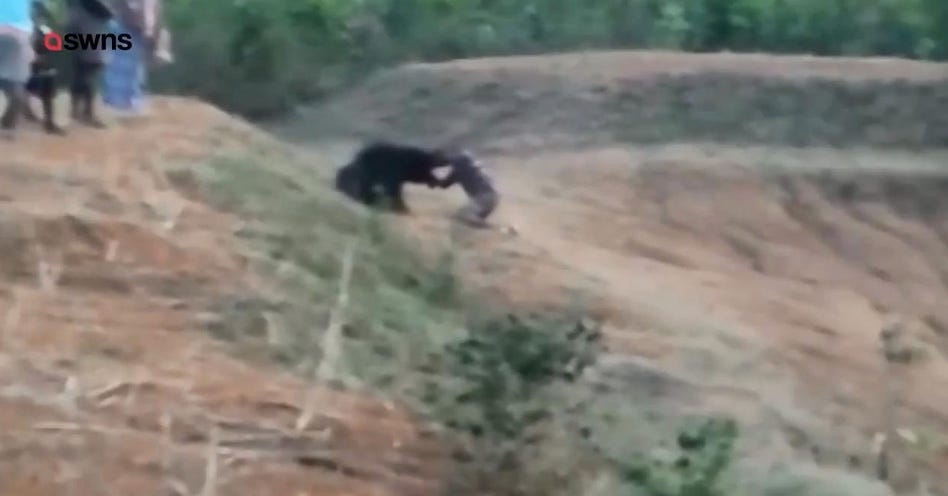
A few months before the nice lady fell a man named Prabhu Bhatara was walking home from a wedding in the Nabarangpur district of Odisha in India and he spotted an injured bear. The area doesn’t look particularly scenic from what I’ve seen on news stories about that day but maybe the angle wasn’t very good in the video so I am not going to judge. Prabhu poked and prodded at the animal and sensing that it was safe to approach he leaned in close to capture a selfie with it against the advice of his friends. The bear mauled him to death in any case and he died after that which you can watch in a video someone took from a good safe distance. You can see a group of people not far off screaming out and yelling "jesus fucking christ” and such in Hindi or the equivalent probably and they don’t really do too much to help him from what I can tell which is depressing but who’s to say what anyone would do when a bear is mauling your friend. I sometimes think I could fight off a reasonably sized bear or a particularly but not exceptionally mean dog but then other times I get squeamish when I’m carving a chicken or something and you have to cut through the hard sinew there on the bottom and I think to myself I don’t particularly feel like doing this anymore.
I suppose the thing that we’re supposed to think when people die when they’re taking selfies is that they are dumbasses and we’re supposed to share the stories on Facebook and Twitter with comments such as “what a dumbass” and to be content in the knowledge that none of us would ever die while taking a selfie but a weird sort of thing happens when you turn the front-facing camera on doesn’t it where everything else in the world beyond the scope of the camera sort of disappears and you become hyper-focused on getting the shot. You get momentarily distracted by your own visage and you’re fucking with the lighting, poking the screen, the fucking lighting sucks, you think and you poke the screen until it doesn’t suck.
A lot of people die taking selfies I just learned. From 2011 to 2017 there were at least 259 deaths while taking a selfie as a team of researchers based in India found. The mean age of the people who died was 22.94 years (come on dudes just say 23) and 72.5% of the people who died were men, probably because men think that death is something that only happens to other people. The most famous country to die in while taking a selfie was in India then Russia then the U.S. then Pakistan all of which are countries with nuclear weapons although I don’t think that’s related and they don’t say anything about nuclear weapons in the study.
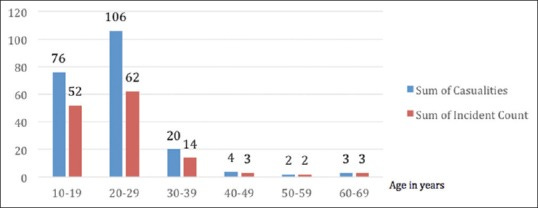
Sometimes the people who die while taking a selfie are doing something risky, but other times it’s when they are murdered, like the first recorded instance in searches online for “selfie death” when Mohammad Chaar, a sixteen year old, was killed in a car bombing in Beirut just moments after posting in a picture with his friends.
Drowning, transport incidents, such as taking a selfie in front of an approaching train, and falling were the top three ways people died while taking selfies. “Also, most of the selfie-related deaths because of firearms occurred in the United States,” the researchers noted but they probably didn’t need to say that because no shit buddy.
“Taking selfies is considered to be a mode of self-expression in today's generation like looking in a mirror,” they wrote. “Selfies are well popular among Facebook, Twitter, Instagram, and Pinterest users. It is rewarding for individuals seeing the number of likes and positive comments and this further influences them to post unique pictures which may also involve indulging in risky behavior to click selfies.”
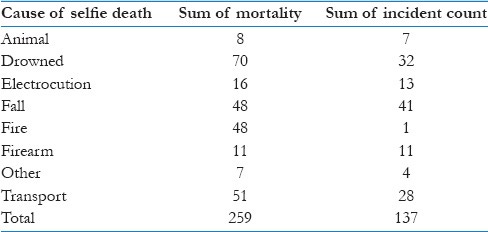
When I read that part I thought about Berger talking about museums being a “mystery of a way of life which excludes the mass,” and isn’t that what we’re doing when we take selfies at exotic places, excluding the mass, who are not there. We’re implying the absence of everyone else in the world but ourselves, which is bullshit because at these popular attractions there are usually like 50 other people there taking the same shot but never mind because the important thing is it appears as if we are uniquely here in this place among everyone else to exist at this unique moment.
The researchers concluded that more attention should be paid to particularly dangerous areas where people are drawn to take selfies — nature’s Instagram honeypots if you will. “‘No selfie zones’ areas should be declared across tourist areas especially places such as water bodies, mountain peaks, and over tall buildings to decrease the incidence of selfie-related deaths,” they wrote. Places like the Pictured Rocks National Lakeshore I guess although I don’t think you could do that for places such as The Spot Where That One Hurt Bear is Chilling Out Presently but I understand what they mean.
It’s unclear what became of any of the selfies of the people who died while taking them. I wonder if any of them managed to capture the moment of their own death. The realization on their face of what was to come. The moment they transferred from the realm of the present to the absent. I wonder sometimes too if when we die we’re given a camera roll to scroll through like the iPhone does for you now where it arranges every captured moment of your life into location and time and the people you were there with and if I can get one last look at them all before I turn into nothing and whose faces would I see the most before I die and I wonder if they would be happy with the way they look as my life flashes before my eyes or if they would say here let me see that no no delete this one I don’t want this one playing in your fucking brain just as you’re about to atomize into a billion particles of absence Luke I don’t like my hair in that one.

